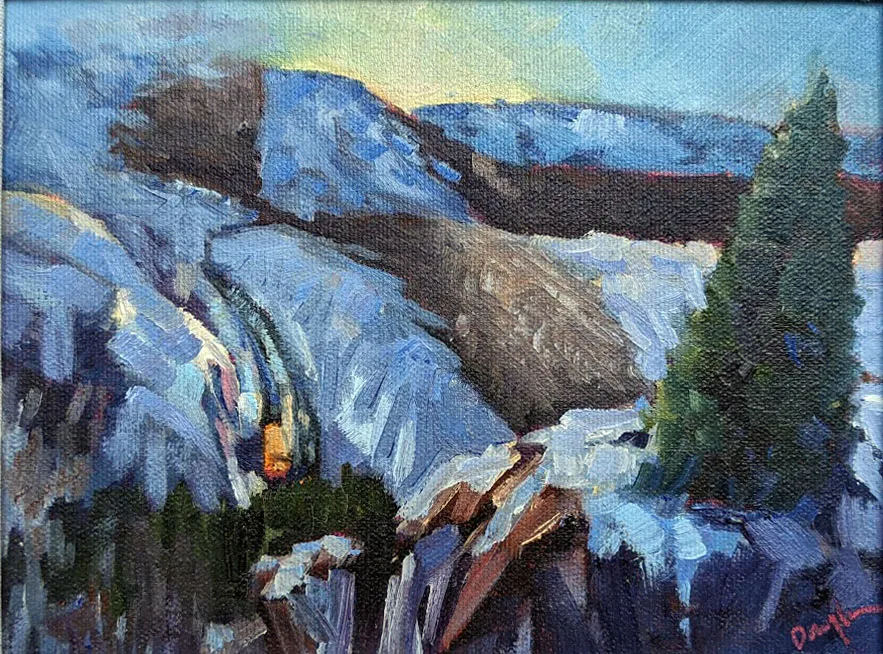
My daughter was in Los Angeles last week. Like so many people who visit the City of Angels, she was struck by the sheer volume of graffiti. Graffiti looks different in different places; it’s not common where I live, but my brother in San Diego regularly cleaned it from the apartment complex he managed.
There are Roman examples of graffiti from 2500 years ago, mostly of the sexual or scatological variety, although the Kilroy was here kind also popped up regularly. If you’re willing to argue that art without words is also graffiti, it’s far older than written language: as old as the oldest cave art.
People do graffiti for lots of reasons, including a desire to mark territory, to shock, to rebel, or to state membership in a group. Then there’s the simple desire to create beauty. I come down firmly on the ‘graffiti is vandalism’ side, but my Australian cousin’s florist shop was proudly decked out in graffiti.
I think graffiti on a bridge overpass is annoying, but the Viking mercenary runic inscription in the Hagia Sofia is awe-inspiring. Yes, I’m being hypocritical, but ask me again in a thousand years.
There is a story—perhaps apocryphal—that an American reporter discovered this inscription on the wall of a Verdun fortress in 1945:
Austin White–Chicago, Ill.–1918
Austin White–Chicago, Ill.–1945
This is the last time I want to write my name here.
If so, nothing could have expressed war-weariness better.
Creative expression
Spray paint hit the American market in the 1950s but it wasn’t until the late 1970s that a product specifically designed for graffiti was introduced. America’s youth never looked back. Graffiti was influenced by nascent hip-hop culture. From there it was only a hop, skip and a jump to graffiti’s commercialization. Banksy (whoever he really is) is now a graffiti-millionaire, and global brands use graffiti for marketing. So much for rebellion.
Although there are times when middle-class kids make feints at being graffiti artists, it’s more commonly seen in poorer neighborhoods. There’s always been a gap in lower-income education in the arts, and No Child Left Behind made it worse. Where do you go if you haven’t had the opportunity to learn traditional art? Even I can be seduced by my local hardware store’s paint department, and I have a whole studio of materials to pick from.
That graffiti is a learned art can be read from its stylistic disciplines. There are wildstyle, bubble (bloated), tag, 3D, stencil, streetart, character and many more. Kids are not learning them in art class, but they are demonstrating that the human mind longs for beauty and will work hard at developing the chops to create it. If creative expression is shut down in traditional channels, it will find its way in train yards, empty factories, bus depots, and water towers.
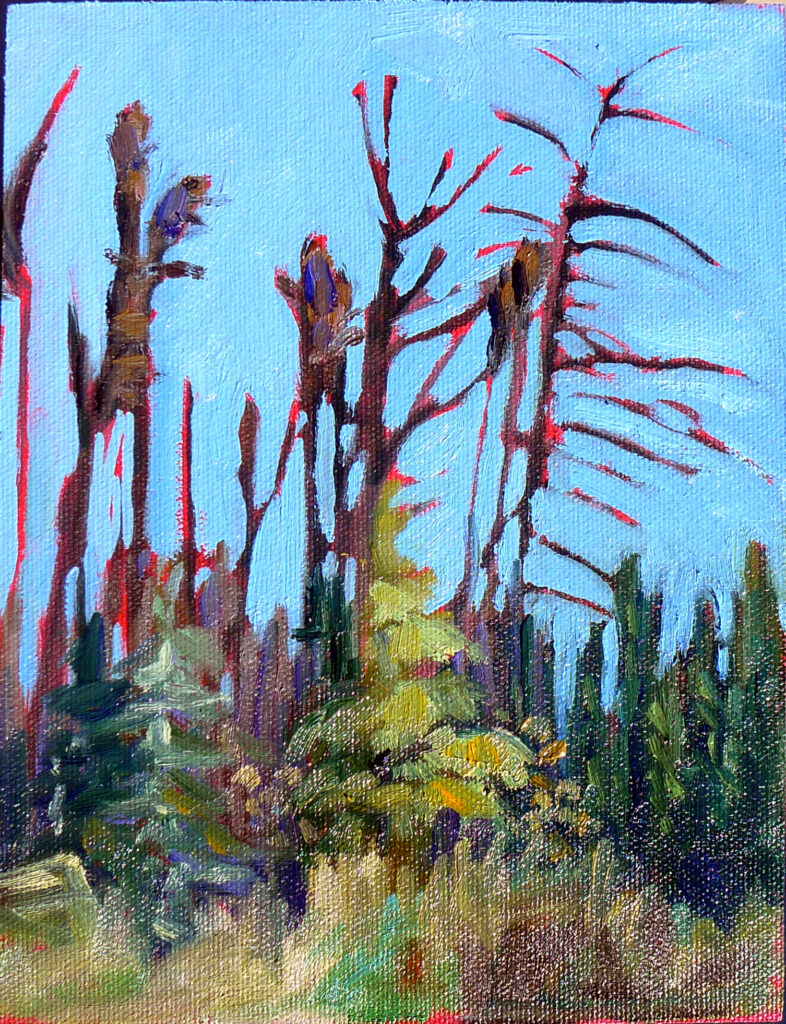
Reserve your spot now for a workshop in 2025:
- Advanced Plein Air Painting, Rockport, ME, July 7-11, 2025.
- Sea and Sky at Acadia National Park, August 3-8, 2025.
- Find Your Authentic Voice in Plein Air, Berkshires, MA, August 11-15, 2025.
- Immersive In-Person Fall Workshop, Rockport, ME, October 6-10, 2025.

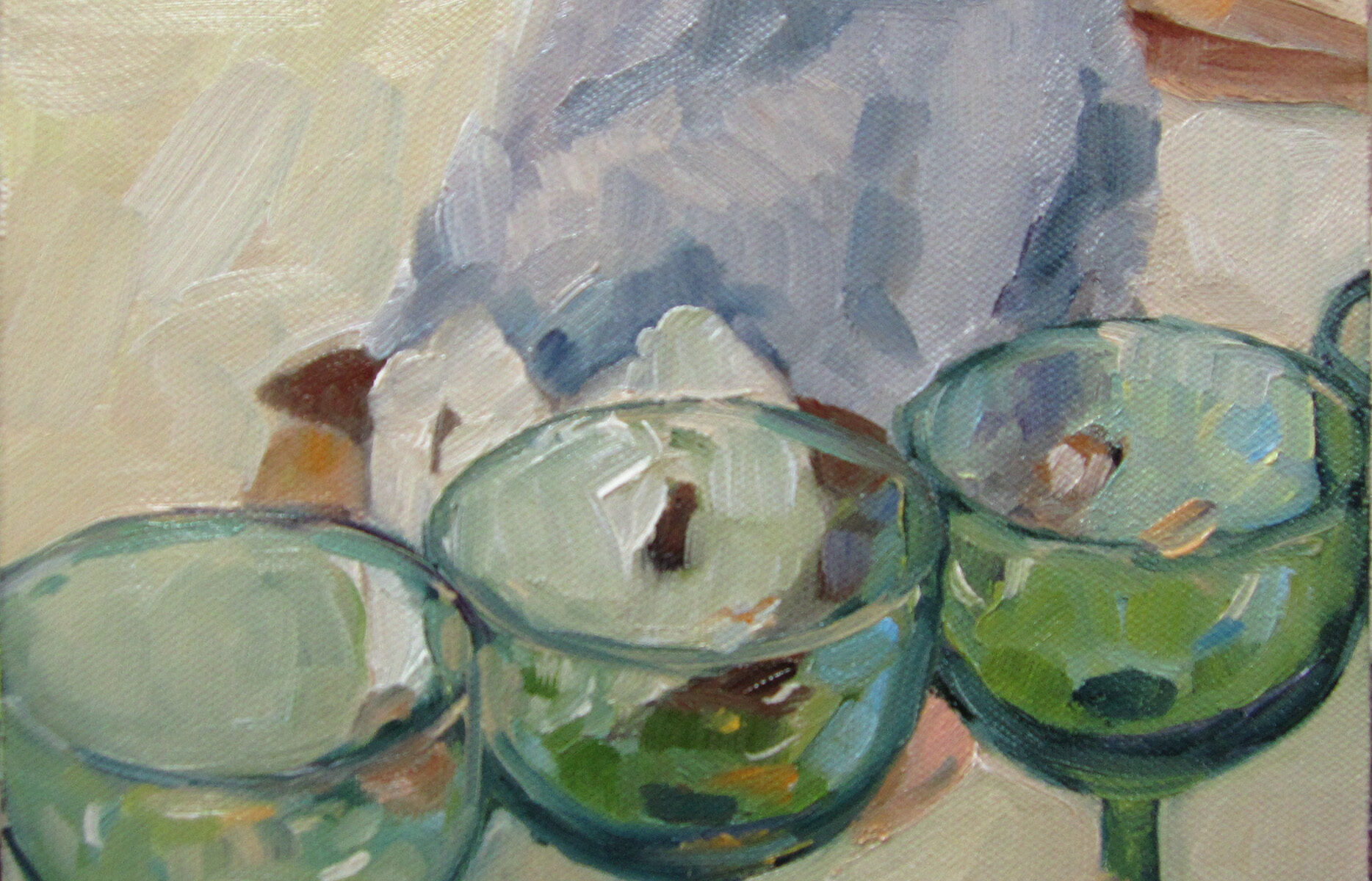
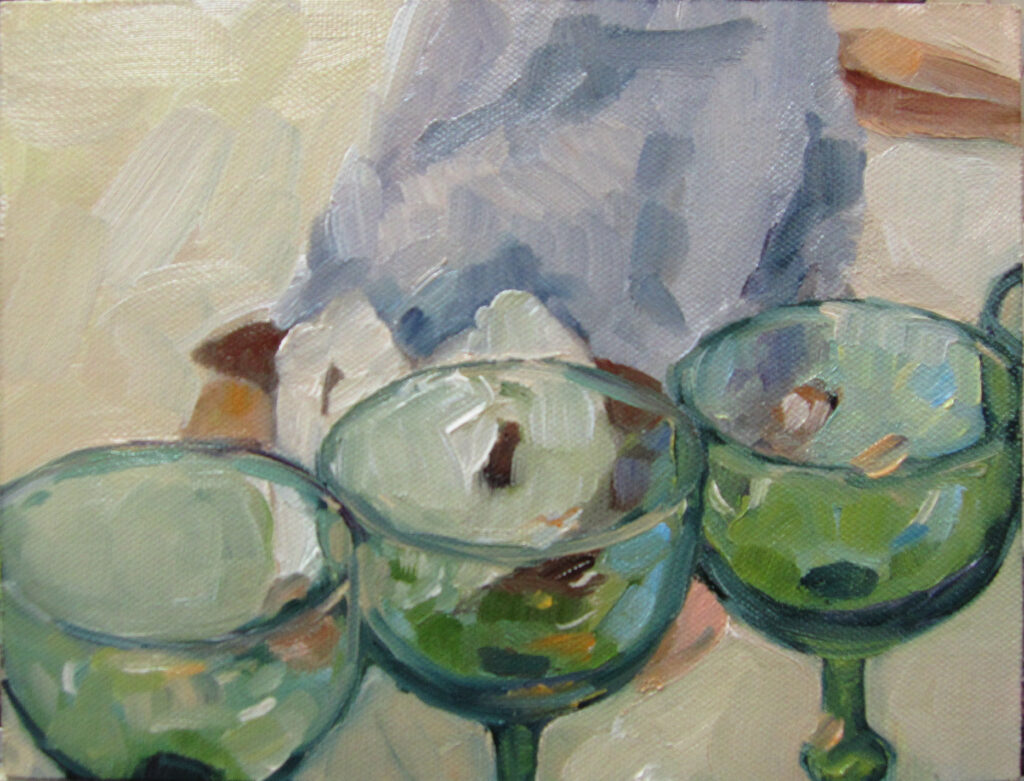
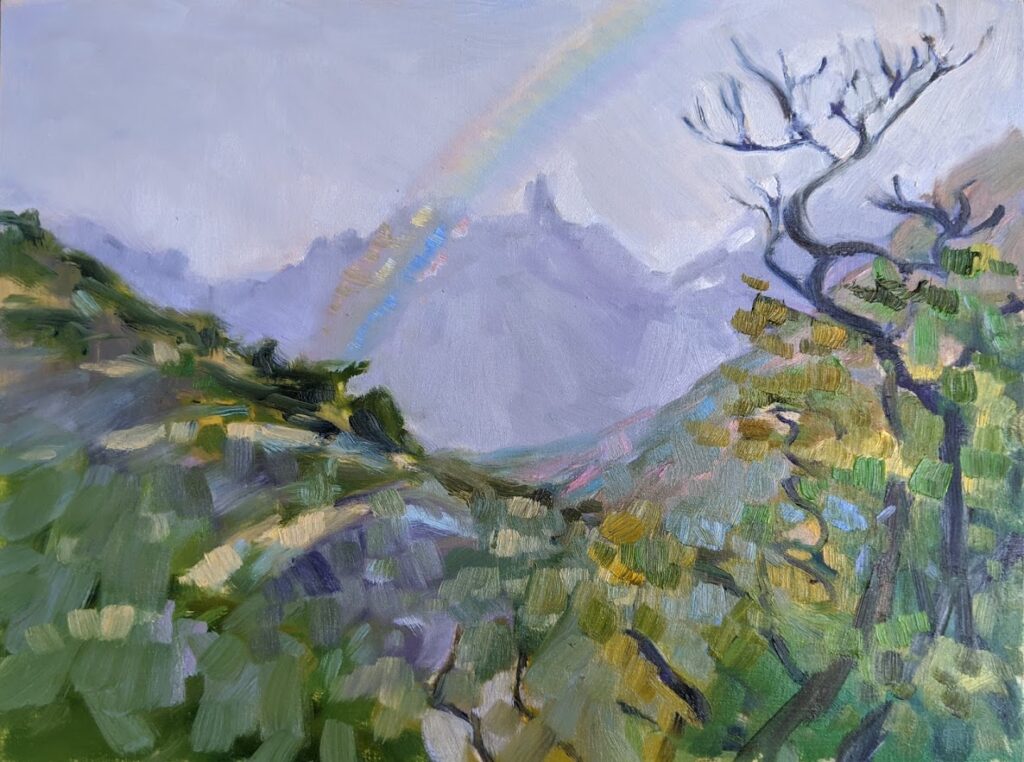
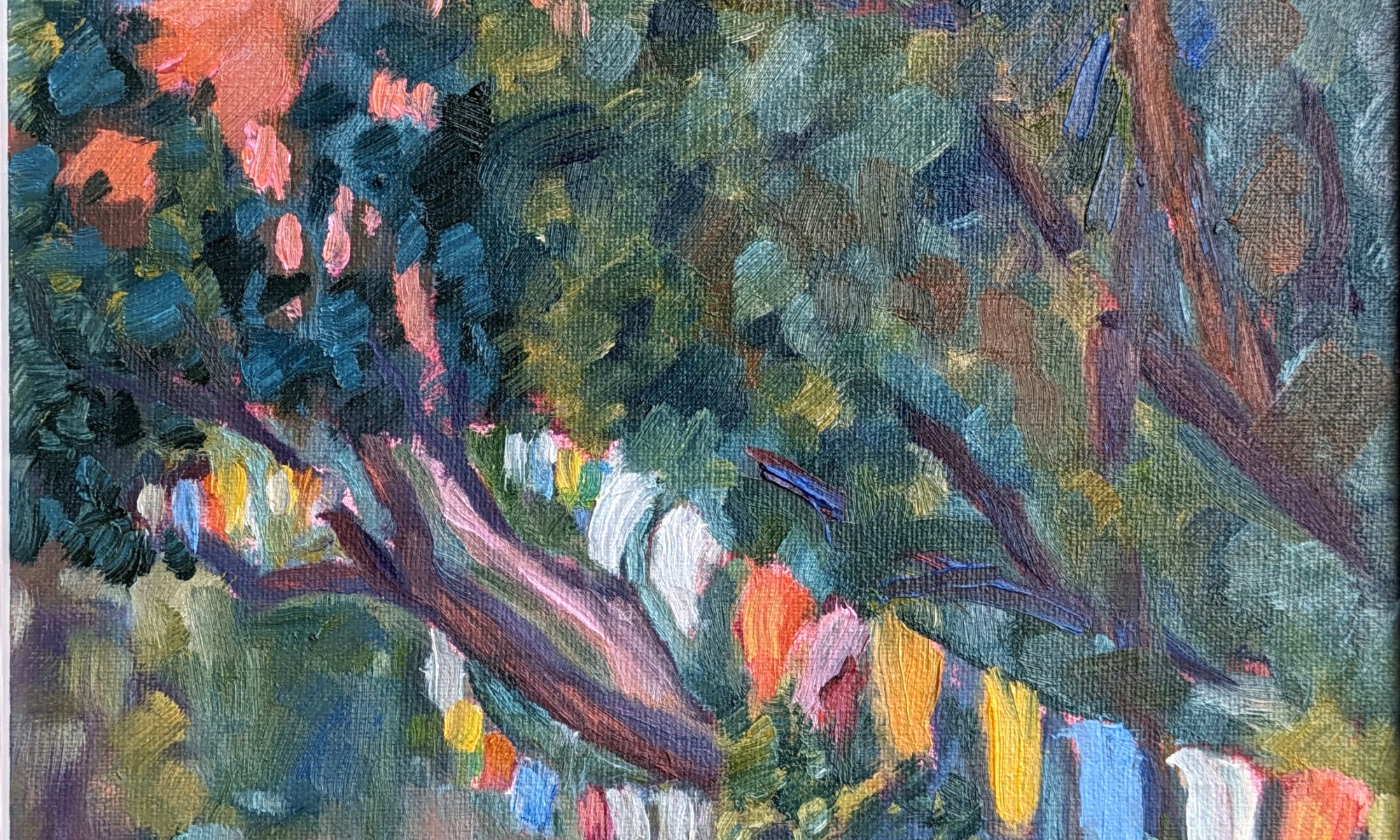
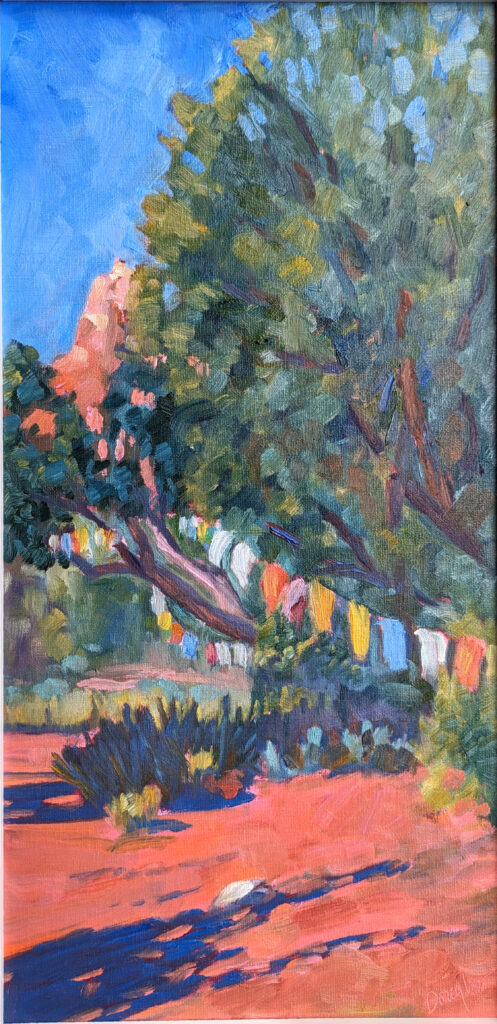
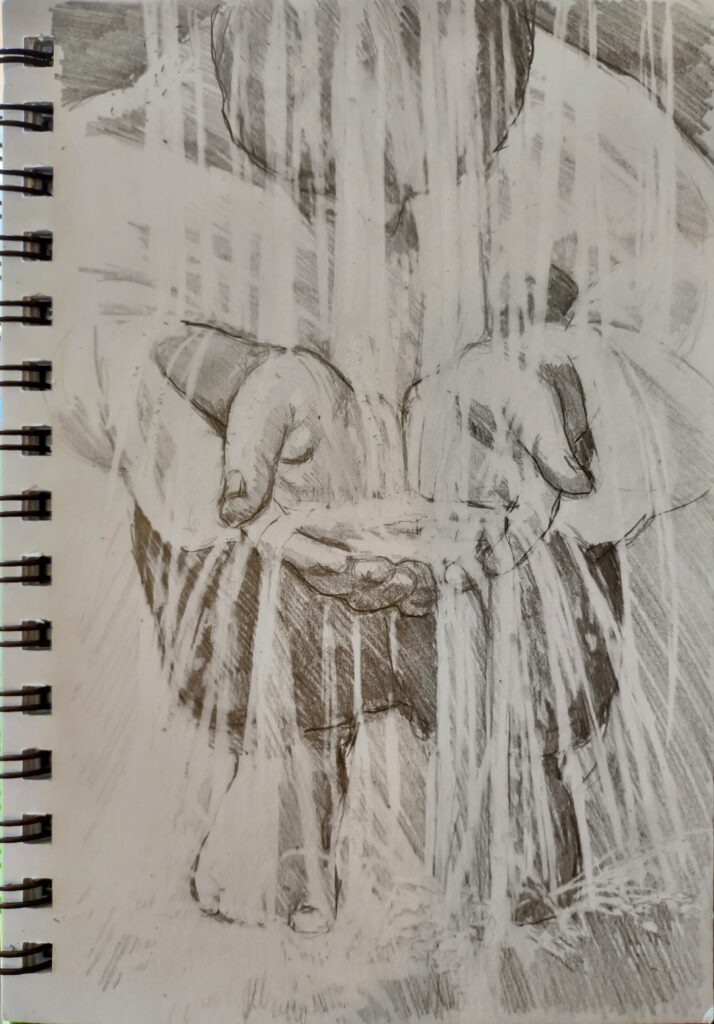
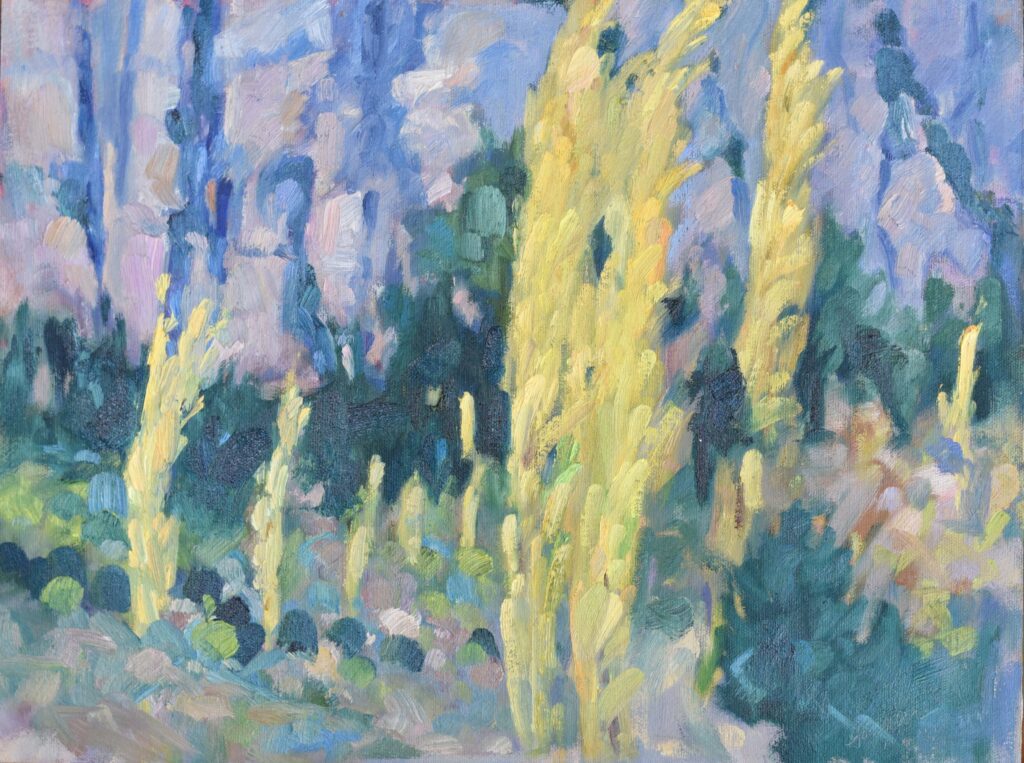
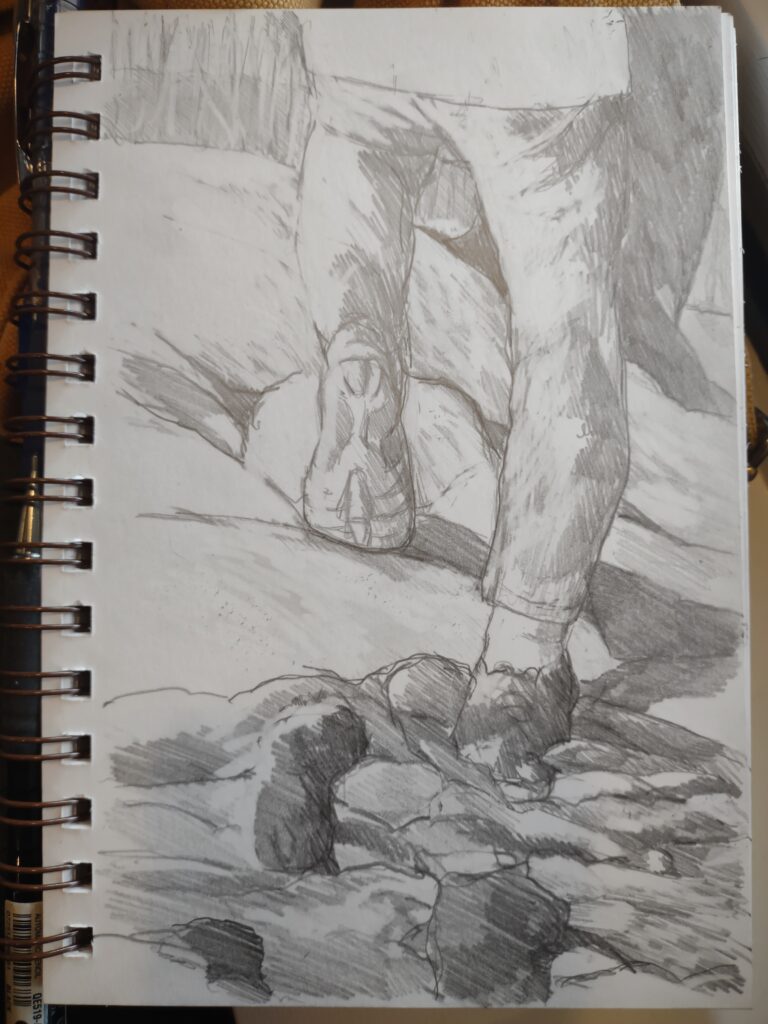
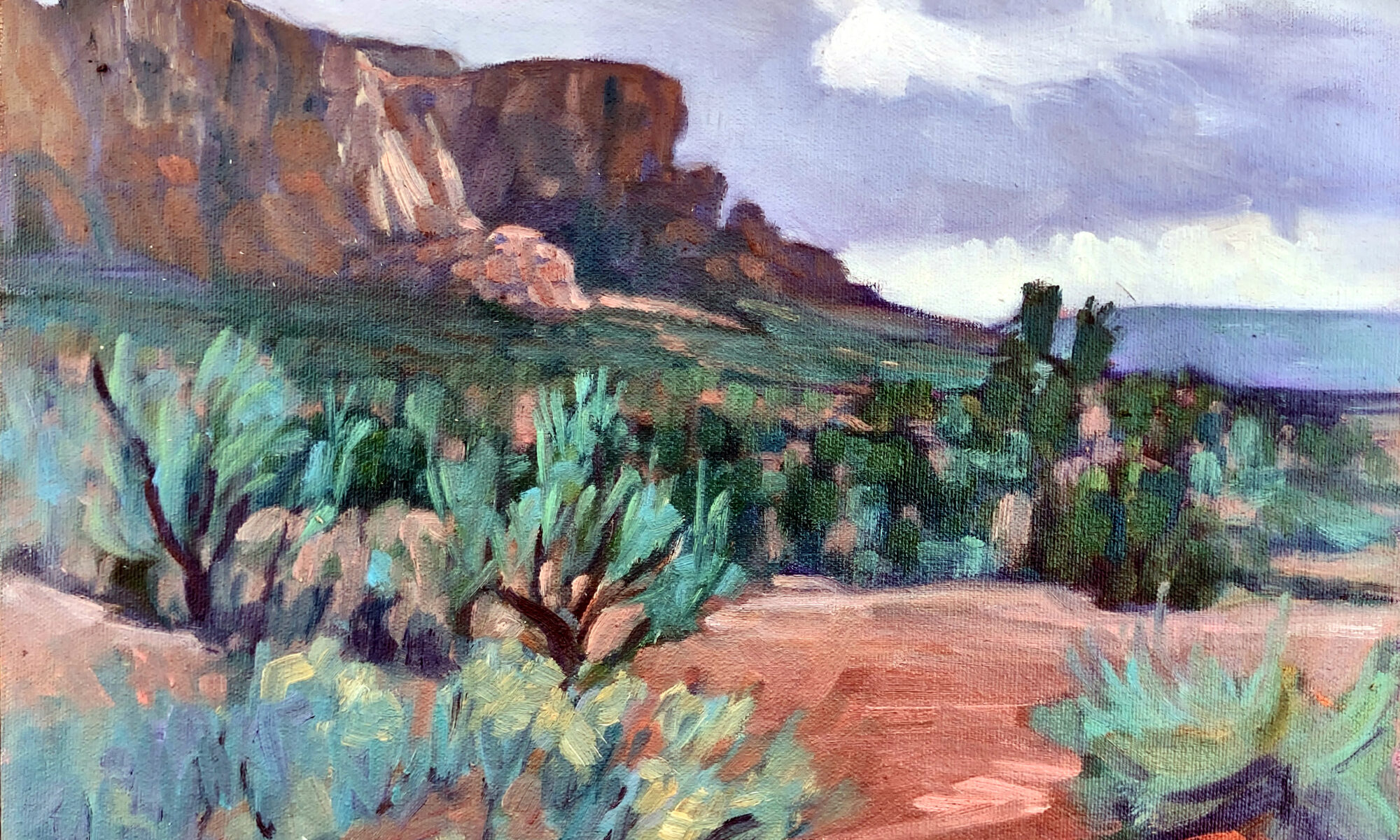
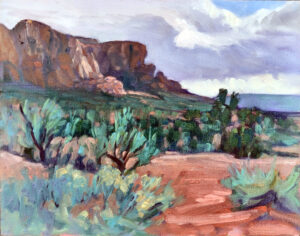
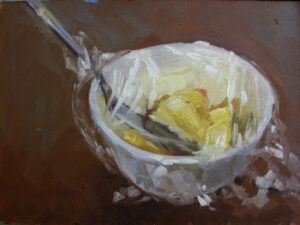
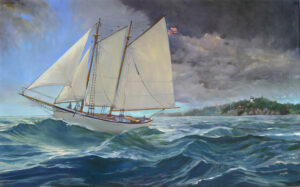
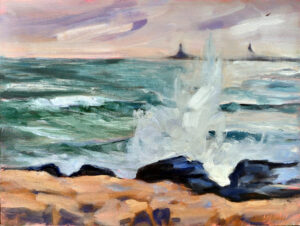
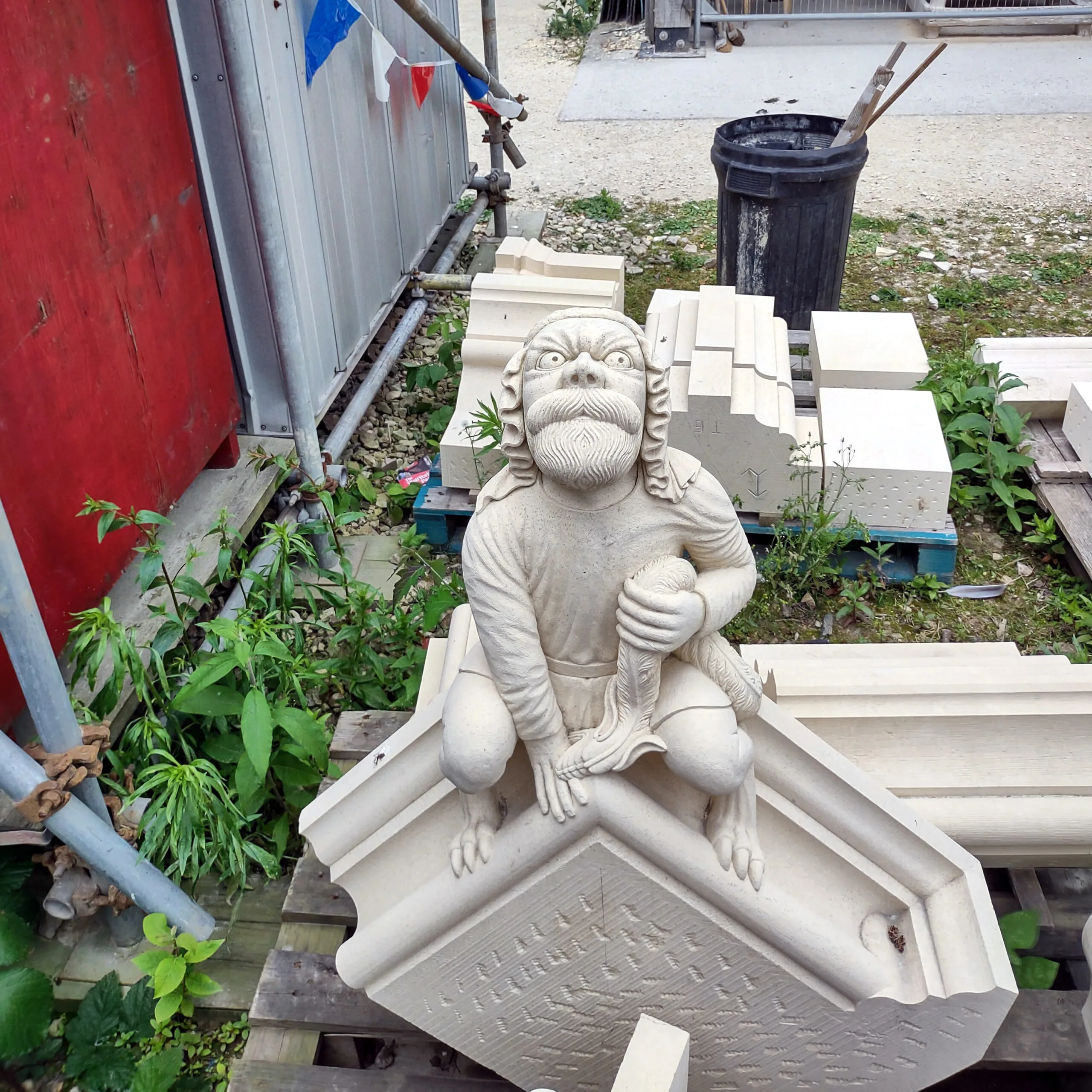

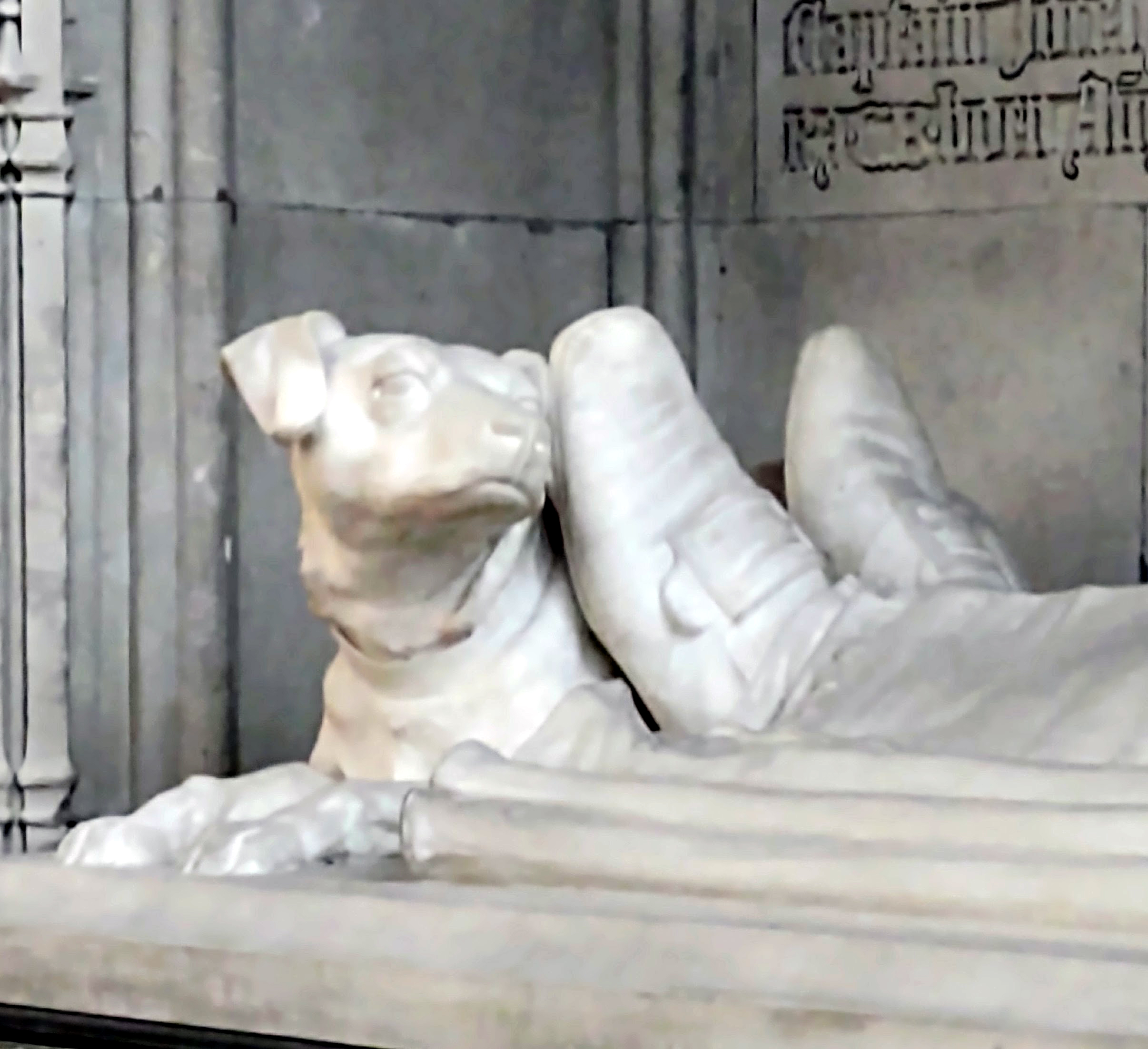


.jpg)
